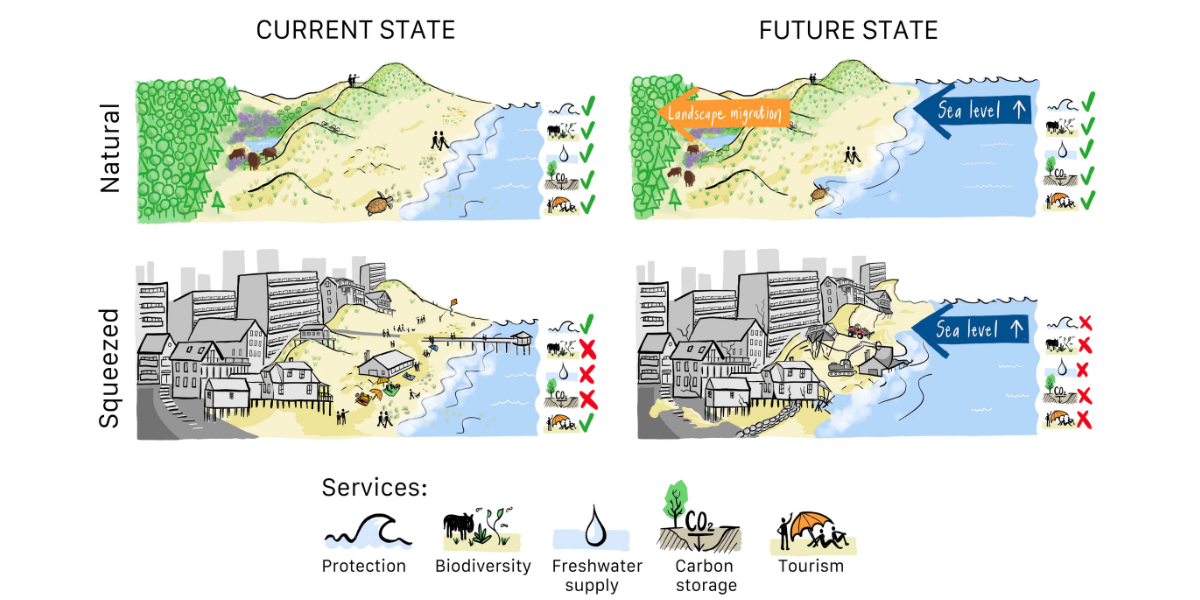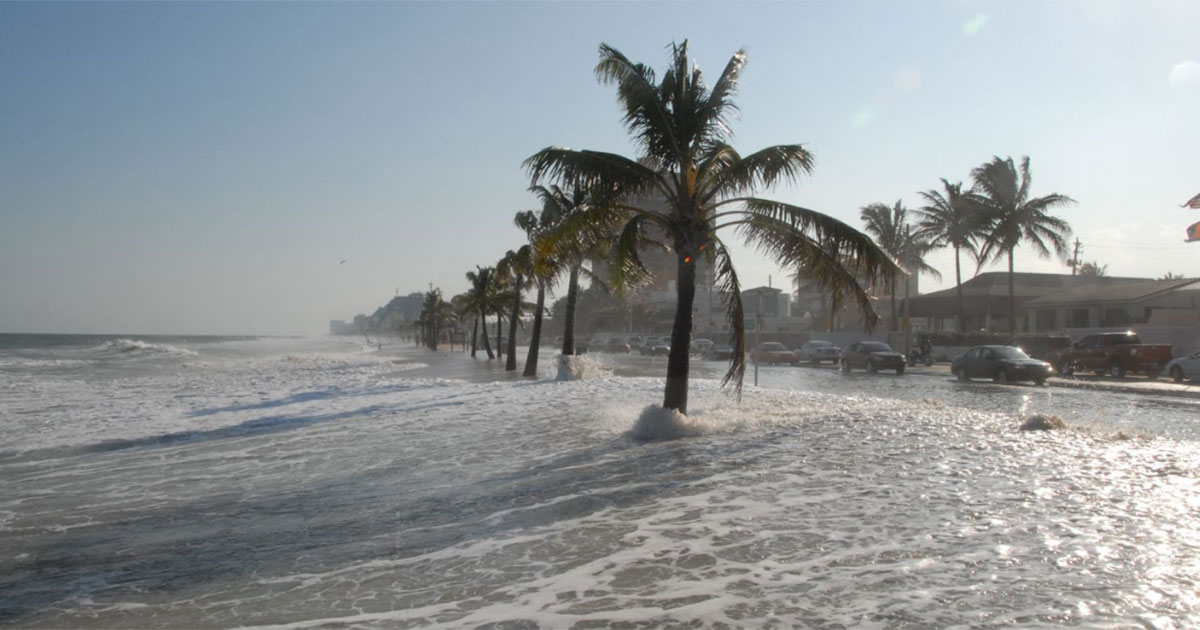Beaches and dunes are becoming increasingly trapped between rising sea levels and construction. Dutch researchers found that when dropped on any beach anywhere in the world, you find yourself, on average, after walking 390 meters to a building or a road.
And while that short walking distance may seem convenient if you want a day at the beach, it's bad news for our protection against rising sea levels, drinking water supplies and biodiversity. Yet there is hope; in fact, the researchers found that by designating nature reserves, beaches and dunes can be successfully protected.
The Value of Wide Beaches and Dunes
Beaches and dunes are vital to society. They protect us from flooding, are an important source for our drinking water, and are an important habitat for numerous plant and animal species. Needless to say, they are also indispensable when we spend a recreational day at the beach or walk through the dunes. When beaches and dunes are given enough space, they can fulfill all these functions. But, if dune areas become too narrow, natural flood protection, drinking water extraction and biodiversity are threatened. Yet beaches and dunes are increasingly squeezed by infrastructure on the one hand and rising sea levels on the other, write researchers from the Netherlands Institute for Sea Research, University of Groningen, Utrecht University, TU Delft and the Dutch Forestry Commission in the leading journal Nature Communications.
235,469 Measurements
To map this coastal squeeze, the researchers combined measurement data from previous work of TU Delft with Open Street Map data. They then measured the straight-line distance from the coastline to the nearest paved road or building. They took this measurement every kilometer, along all the sandy beaches in the world, yielding a total of 235,469 measurements.
Less Than 400 Meters
These measurements showed that human infrastructure is generally located very close to the sea. On average, the first building or paved road is found at 390 meters from the sea. In the densely populated Netherlands this is even at 210 meters, and in France the space is even tighter with 30 meters from the sea. Of all continents, Europe appears to have the most trapped beaches and dunes with an average distance of 130 meters, while Oceania is the least squeezed with an average distance of 2.8 km.
 (Image credit: NIOZ)
(Image credit: NIOZ)
Rising Sea Levels
In the future, coastal squeeze is likely to increase worldwide. Rising sea levels will further narrow the space between buildings and the sea. In a natural situation, beaches and dunes would migrate inland, but buildings and roads impede this process. Therefore, researchers expect that 23 to 30 percent of beaches and dunes will be washed away or drowned by 2100.
Protection
Hopeful is the important role of nature protection. The researchers found that, when dune areas have a protected status, buildings and roads are found to be four times more distant than in unprotected areas. However, currently only 16% of the world's sandy coasts are protected. The researchers therefore emphasize that it is important to better protect beaches and dunes.



